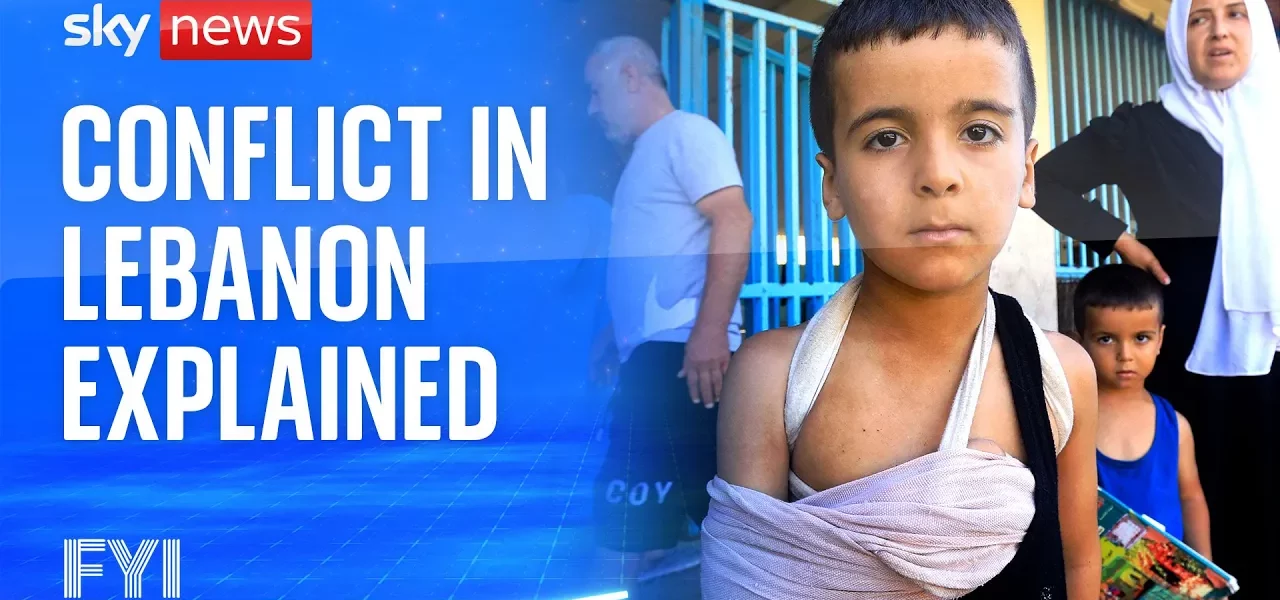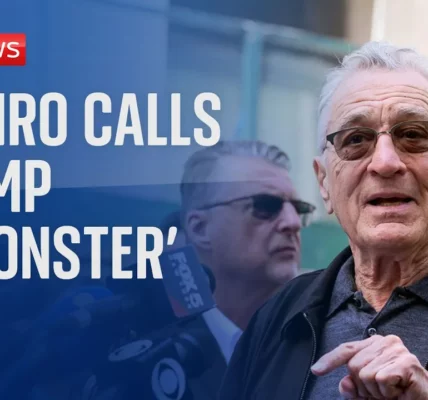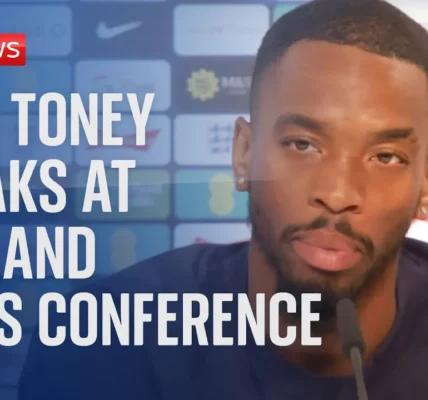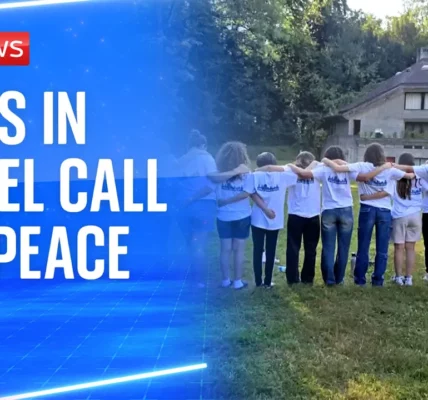Understanding the Ongoing Conflict Between Israel and Hezbollah

This article delves into the complexities of the recent fighting between Israel and Hezbollah, exploring the historical context, the humanitarian impact on civilians, and the urgent calls for peace amidst the chaos in the Middle East.
Introduction
The Middle East has long been a region marred by conflict, with the current situation between Israel and Hezbollah escalating to alarming levels. This article aims to unpack the recent developments in this ongoing struggle, highlight the humanitarian crisis emerging from the violence, and provide insights into the geopolitical implications of these events. The conflict is not just a political issue but a human one, significantly affecting the lives of countless civilians caught in the crossfire.
Background of the Conflict
The roots of the conflict between Israel and Hezbollah can be traced back to the broader Israeli-Palestinian conflict, which has persisted for decades. Hezbollah, a militant group based in Lebanon, supports Hamas, the Palestinian militant organization based in Gaza. The recent escalation began on October 7, 2023, when Hamas fighters launched a surprise attack on Israel, breaching border fences and targeting both military and civilian locations.
Key Events Leading to Escalation
- October 7, 2023: Hamas attacks Israel, resulting in significant casualties and hostage situations.
- Subsequent Retaliation: Israel responds with airstrikes, leading to a spiraling cycle of violence.
- Hezbollah’s Involvement: Following the attacks, Hezbollah begins firing rockets into Israel, exacerbating the conflict.
The Humanitarian Crisis
The ongoing violence has created a severe humanitarian crisis, particularly affecting civilians in both Israel and Lebanon. Reports indicate that approximately 1 million people in Lebanon have been displaced due to the conflict, seeking refuge in safer areas or government-established shelters.
Impact on Civilians
- Over 40,000 Palestinians reported killed in Gaza.
- More than 1,000 Israelis died in the initial attacks.
- Thousands of families, including children, are now living in shelters or with relatives.
Children and Families at Risk
Children are particularly vulnerable in this conflict, facing trauma and displacement. Many schools are now being used as shelters, forcing children to adapt to life in classrooms crowded with families seeking safety.
International Response and Calls for Ceasefire
In light of the escalating violence and humanitarian needs, international leaders, including the UK government, have called for an immediate ceasefire. The situation has drawn global attention, with many organizations urging for an end to hostilities to protect innocent lives.
The Role of Governments
Countries around the world are closely monitoring the situation and are taking positions on the conflict:
- Britain and other nations have expressed solidarity with Israel while advocating for humanitarian considerations.
- Iran’s support for militant groups complicates the geopolitical landscape, emphasizing the need for diplomatic solutions.
Voices from the Ground
Personal stories from individuals affected by the conflict highlight the human cost of the ongoing violence. For instance, a 9-year-old girl named CIA described her fear and longing for peace after fleeing her home. Similarly, a teenager from Jerusalem expressed the desire for a simple, peaceful life, emphasizing the emotional toll of living in a conflict zone.
Community Efforts for Peace
Organizations such as Jerusalem Peace Builders are working to foster dialogue between Palestinian and Jewish communities, aiming to build bridges and promote understanding amidst the chaos.
Conclusion
The conflict between Israel and Hezbollah is a multifaceted crisis that demands urgent attention and action. The humanitarian impact is devastating, affecting countless lives and communities. As the world calls for a ceasefire, it is essential to remember the human stories behind the headlines. For more information on the ongoing conflict and its historical context, visit our website at first.news/FYI.
“`




